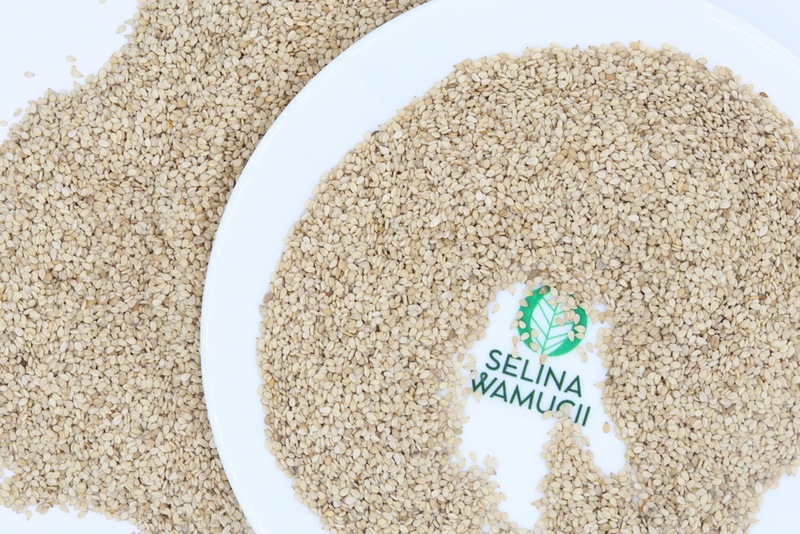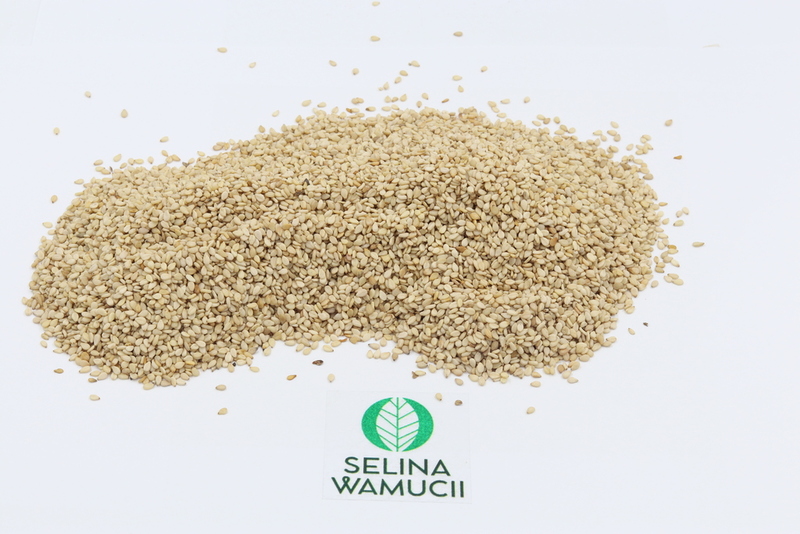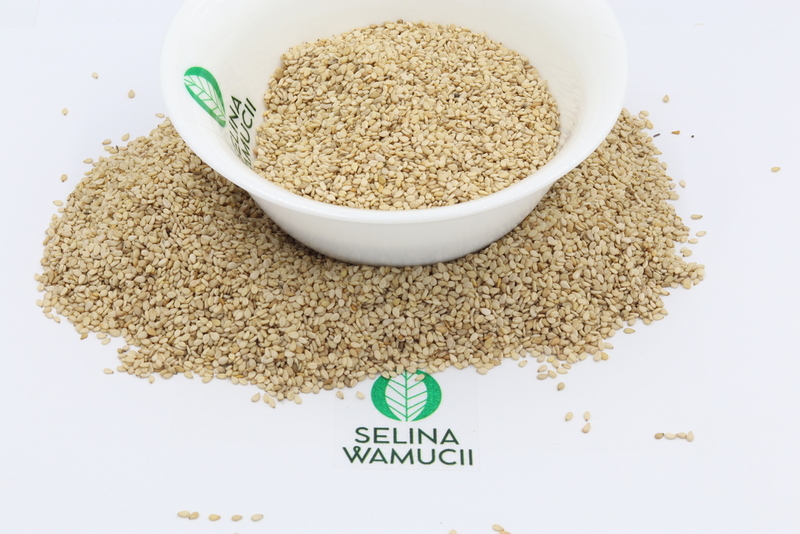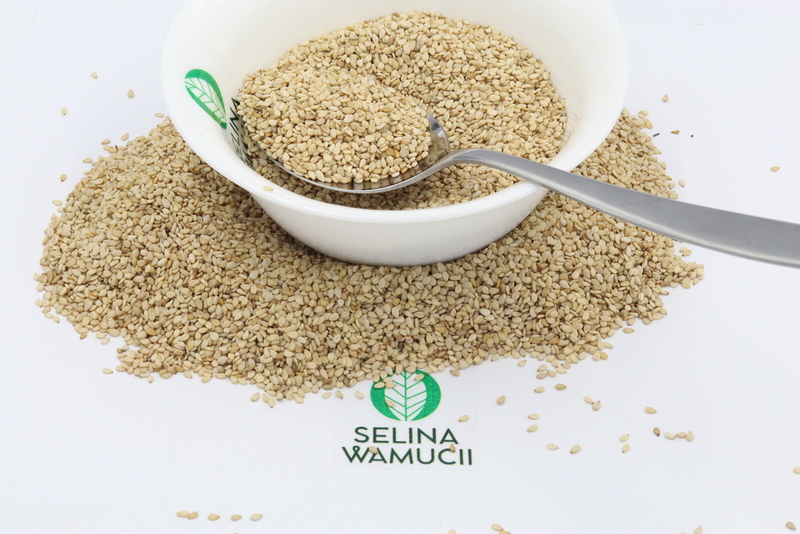Buy Ethiopia sesame Directly From Exporters & Suppliers - Best of 2025 Market Prices
| Summary | |
|---|---|
| Produce | Ethiopia sesame |
| Variety | Humera, Wollega |
| Size | 1mm-2mm |
| Common name | Sesame |
| Packing | 25kg, 50kg pp bags. Double packed. |
| Season | October, November |
| Transport conditions | 50% humidity, temperature below 18 degree Celsius. Cool dry place. |
Ethiopia sesame is known for its nutty aftertaste and considered among the richest in terms of quality.
Sesame seed is an oilseed crop grown mainly Ethiopia. It is among the oldest cultivated crops in the world. It is a plant that grows up to 50 cm-100 cm tall with opposite leaves 4 cm-14 cm. The flowers may vary in colors. The sesame seed occurs in different colors depending on the cultivar. The most traded one is off-white colored. The sesame seeds can be used as natural oil and feed for poultry because of its high protein nature. Sesame indicium L is a flowering plant in the Pedaliaceae family.
Its native origin is traced to be sub-Saharan Africa. Archeologists first traced it to originate from Indian. Apart from Ethiopia, it is also grown in Egypt, Tanzania, China, Sudan. It was favored by its ability to grow in areas that do not support other crops. It was introduced to Africa by the Arab traders in the nineteenth century.
Its seeds have the highest content of oil with a rich, nutty flavor and a common ingredient in cuisines all over the world. Like other nuts, it can trigger allergies in some people.
The Ethiopia sesame industry has continuously grown over time. The crop is mainly cultivated in the Tigray, Amhara and Somalia and other regions in the southern part of the country.
In 2007 during the monetary conversion, sesame was ranked second to coffee as the biggest agricultural export of the country.
Its monetary conversion in 2007 was $ 388.6 million. The figure increased to $ 449 million in 2008. In 2010, 0.62 farmed lands in Ethiopia were planted with sesame. Globally the region is among the top 10 producers. Its prestige value in the world agricultural economy is that Ethiopia produces the best sesame seeds.
The Ethiopia sesame varieties that grow in Ethiopia are around fourteen, but the most common varieties are the Wollega and Humera -1. The humera sesame is mostly cultivated in the western parts of Tigray .it has the highest content of oil between 54%-56% .its seed coat is white or ashen-colored. It requires an average of between (100-600) mm of rainfall annually to grow. The wallega, on the other hand, has the same oil capacity and rainfall as humera. The other varieties include Kelafa-74,Adi and Obsa.
Ethiopia sesame planting season is between May to June. Its maturity is dependent on climatic conditions. In irrigated areas, it may take up to around 105 days while in rainy places, it takes up to 90 days. The harvest is usually between October and November
Ethiopian sesame grows with rainfall of between (100-600) mm annually, in places of high altitude of 1250-1650 above sea level, and takes an average of between (90-1050 days to ripen.
The harvest of Ethiopia sesame seeds begins when the pods have changed color from green to brownish-yellow. The workers slash the plant at the base and convey the pods to the threshing point in the baskets. The removal of the sesame seeds takes place by use of rolling pins or over two tarpaulins containing the seed or by a threshing machine
The seeds are then put in the cleansing tank once this is done , they are roasted at temperatures less than 12%. The Ethiopia sesame in its kernel form with its nut smell is put through a cold processing unit. They are then ground into solid particles and passed through rollers that crush them into cakes. The crushing makes the oil to drip from the cakes. The pale yellow liquid is then collected.
Raw sesame seeds are packed in gunny bags while the oil is packed in pet bottles of 250 ml, 1 l, and 1.5 l.
Exporting Ethiopia sesame is done on the annual event (ETHIOPIA COMMODITY EXCHANGE). It is shipped by air from Addis Ababa to the international market.
The sesame seeds are stored in temperatures of 18 degrees Celsius and a humidity of 50% hence creating a cool, dry place.
This is where Ethiopia sesame meets the world. It is among the best sesame and is widely consumed. You can use the platform to see more information.
Get Instant Quote
Are you a producer of Ethiopia sesame or other products?
Sign up today for FREE to buy or sell Ethiopia sesame.





